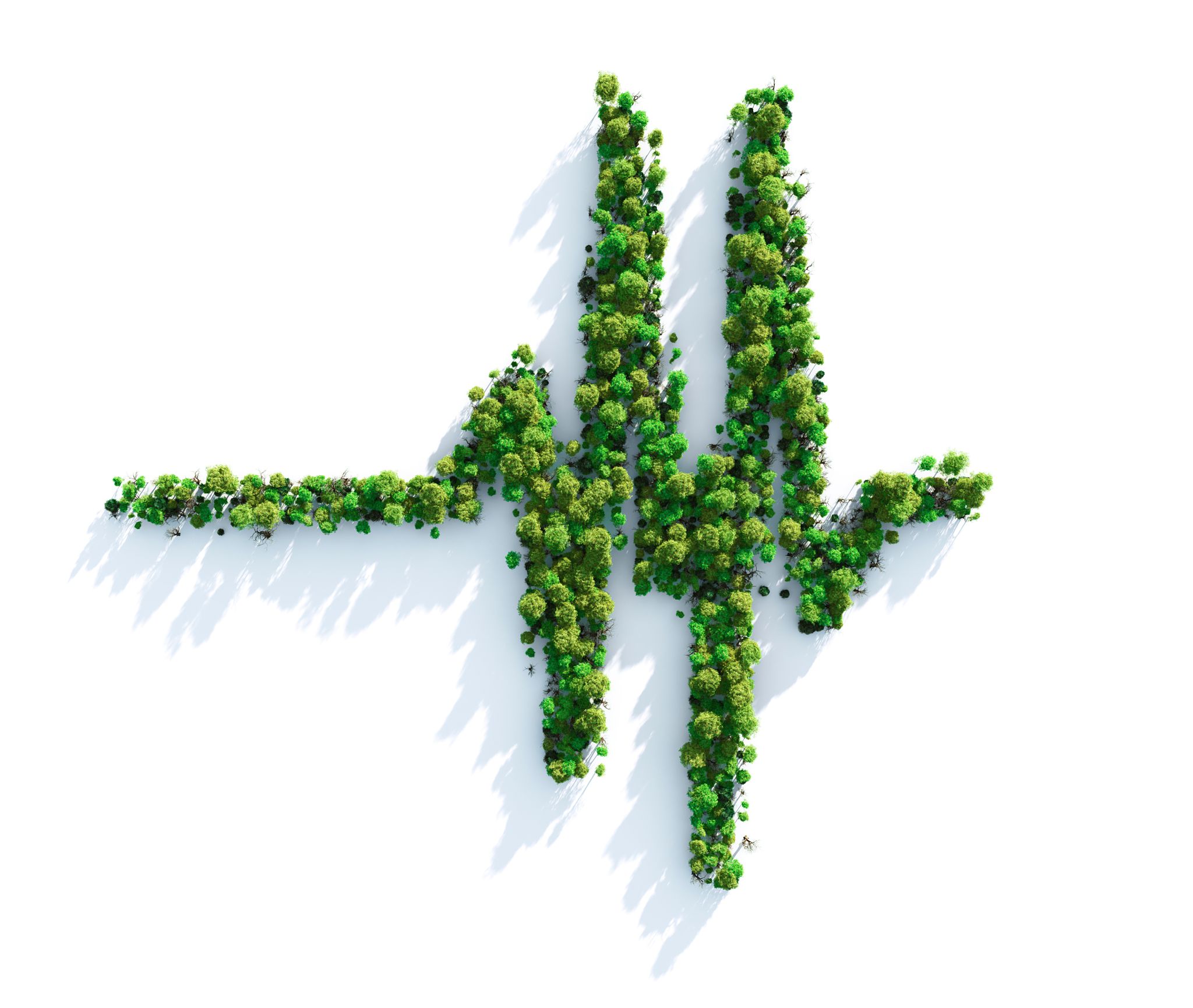Top Tree Pruning Techniques for Homeowners in Cheshire
Understanding the Importance of Tree Pruning
Tree pruning is a crucial aspect of garden maintenance, especially for homeowners in Cheshire who wish to keep their landscapes aesthetically pleasing and healthy. Pruning not only enhances the appearance but also promotes the growth and structural integrity of the trees. By removing dead or diseased branches, you can prevent potential hazards and improve the overall health of your trees.
Proper pruning techniques can rejuvenate older trees and encourage younger trees to develop a strong framework. It's essential to understand the different methods and tools available for effective tree maintenance. Let's explore some of the top tree pruning techniques that can be beneficial for homeowners.

Basic Pruning Techniques for Beginners
If you are new to tree pruning, starting with basic techniques can be helpful. One common method is thinning, which involves selectively removing branches to allow more light and air to penetrate the tree canopy. This technique is useful for improving the tree's health and reducing the risk of disease.
Another simple technique is heading, which involves cutting back the terminal ends of branches to encourage bushier growth. This technique is often used on young trees to shape them and control their size. Always remember to use sharp, clean tools to make precise cuts and reduce the risk of infection.
Advanced Pruning Methods for Experienced Gardeners
For those who have some experience with tree care, advanced pruning methods such as crown reduction and crown raising can be very effective. Crown reduction involves reducing the size of the tree's canopy, which is ideal for trees that have grown too large for their location. This method requires careful assessment to maintain the tree's natural shape.
Crown raising involves removing the lower branches of a tree to create more clearance beneath it. This technique is particularly useful for trees that overhang driveways or walkways, ensuring safety and accessibility. These methods require precision and an understanding of tree structure; consulting with a professional arborist might be beneficial.

Choosing the Right Tools for Pruning
The success of your pruning efforts largely depends on using the right tools. For most homeowners, a pair of good-quality bypass pruners is essential for cutting small branches cleanly. For thicker branches, loppers or a pruning saw may be necessary.
It's important to keep all tools sharp and clean to ensure clean cuts and minimize damage to the tree. Regular maintenance of your tools will enhance their longevity and performance. Additionally, wearing protective gear such as gloves and safety glasses is recommended to prevent injuries while pruning.
Timing Your Pruning Efforts
The timing of your pruning activities can significantly impact the health of your trees. Generally, late winter or early spring is considered the best time for most tree pruning, as trees are still dormant, and new growth has not yet started. This timing minimizes stress on the trees and allows wounds to heal quickly with the onset of spring growth.

However, certain species may have specific requirements, so researching the needs of your particular trees can be beneficial. For flowering trees, pruning immediately after blooming can help preserve next season's flowers.
Common Mistakes to Avoid
Even with the best intentions, homeowners can make common mistakes when pruning their trees. One frequent error is over-pruning, which can stress the tree and lead to poor growth or even death. It's essential to remove no more than 25% of a tree's foliage in a single year.
Another mistake is making improper cuts, such as leaving stubs or cutting too close to the trunk. These errors can create entry points for pests and diseases. Ensuring clean cuts just outside the branch collar will promote proper healing and reduce the risk of infection.
The Benefits of Professional Pruning Services
While many homeowners enjoy tending to their gardens, some tasks may require professional expertise. Hiring a certified arborist for complex pruning tasks can ensure that your trees are pruned safely and correctly. Professionals have the experience and knowledge to identify potential issues and apply appropriate solutions.

Professional services also come equipped with specialized tools for large or hazardous trees, ensuring both your safety and the health of your trees. Investing in professional care can save time and extend the life and beauty of your landscape.
Conclusion: Maintaining Healthy Trees in Cheshire
Tree pruning is an essential practice for maintaining healthy and beautiful trees in your Cheshire garden. By understanding various techniques, choosing the right tools, and timing your efforts correctly, you can enhance your landscape's appeal while ensuring safety and longevity.
Whether you choose to prune your trees yourself or enlist professional help, regular maintenance will keep your outdoor space thriving for years to come. Embrace these techniques to enjoy a lush, well-manicured garden that enhances your property's value and charm.
